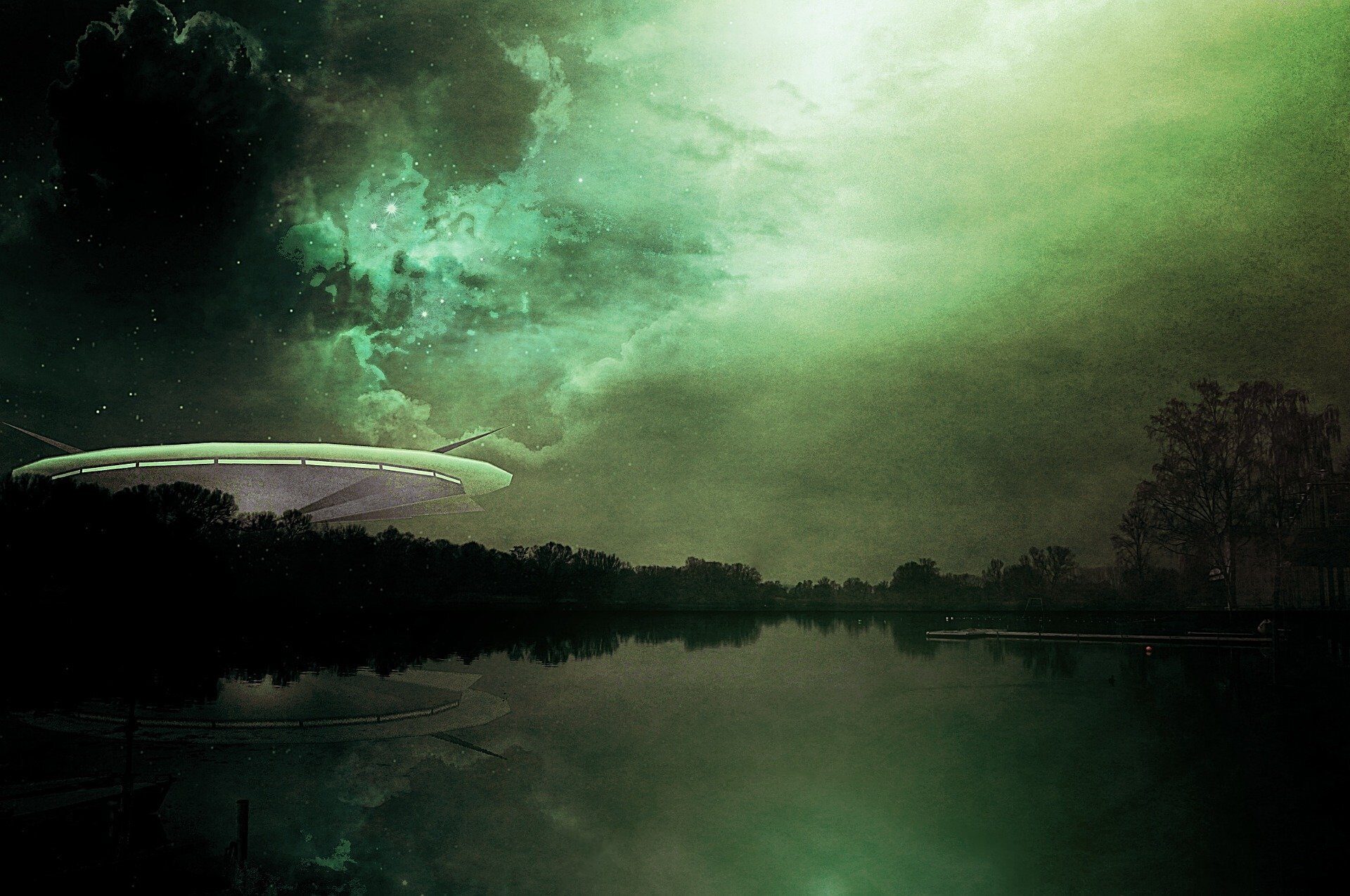NASA announced the 16 people who will spend the next nine months studying unidentified aerial phenomena, also known as UFOs.
Using unclassified data, the team will "lay the groundwork for future study" of UFOs by examining how the data is gathered by the public, local government and other sources. The goal is to have a roadmap for NASA's data analysis on the flying objects, and determine what events are natural or not.
"Exploring the unknown in space and the atmosphere is at the heart of who we are at NASA," Thomas Zurbuchen, associate administrator of the Science Mission Directorate at NASA, said in a statement. "Understanding the data we have surrounding unidentified aerial phenomena is critical to helping us draw scientific conclusions about what is happening in our skies. Data is the language of scientists and makes the unexplainable, explainable."
The announcement of the study participants comes amid a renewed interest in UFOs. In June 2021, the office of the U.S. Director of National Intelligence released a highly anticipated report examining unidentified aerial phenomena, but no "firm conclusions" could be drawn on more than 140 instances.
Still, federal officials continue to monitor UAPs because they are viewed as a potential national security threat, according to Rep. André Carson, D-Indiana. The Department of Defense created the Airborne Object Identification and Management Synchronization in November 2021 to track and analyze UFOs, and in May, Congress held its first public hearing on UFOs in more than 50 years.
While UFOs are commonly associated with aliens, NASA doesn't think the phenomena are "extra-terrestrial in origin." But the agency says observations make it difficult to draw scientific conclusions.
Who will study UFOs for NASA?
The research group picked by NASA include astronomers, scientists, aviation officials, as well as a former astronaut, oceanographer and reporter.
Here are the people who will be part of the study:
- David Spergel: Chair of the study, founding director of Simons Foundation's Flatiron Institute for Computational Astrophysics.
- Anamaria Berea: Computational and data science associate professor at George Mason University.
- Federica Bianco: Physics and astrophysics professor at the University of Delaware, the Biden School of Public Policy and Administration and senior scientist at the Multi-city Urban Observatory.
- Paula Bontempi: Biological oceanographer and dean of the Graduate School of Oceanography at the University of Rhode Island.
- Reggie Brothers: Operating partner at AE Industrial Partners and former undersecretary for Science and Technology at Department of Homeland Security.
- Jen Buss: CEO of the Potomac Institute of Policy Studies.
- Nadia Drake: Freelance science journalist and contributing writer at National Geographic.
- Mike Gold: Executive vice president of civil space and external affairs at aerospace manufacturer Redwire.
- David Grinspoon: Senior scientist at the Planetary Science Institute.
- Scott Kelly: Former NASA astronaut, test pilot, fighter pilot and retired U.S. Navy captain.
- Matt Mountain: President of The Association of Universities for Research and Astronomy.
- Warren Randolph: Deputy executive director of the Federal Aviation Administration's Accident Investigation and Prevention for Aviation Safety department.
- Walter Scott: Executive vice president and chief technology officer of space technology company Maxar.
- Joshua Semeter: Professor of electrical and computer engineering, director of the Center for Space Physics at Boston University.
- Karlin Toner: Acting executive director of the FAA's Office of Aviation Policy and Plans.
- Shelley Wright: Associate professor of physics at the UC San Diego's Center for Astrophysics and Space Studies.




Reader Comments
(LOL! You are welcome :lol:)
Are they as competent as Farcebook & Twitter fact checkers ? Asking for a friend.
Tell me all I need to know.
Stanley Kubrick’s Confession [Link]